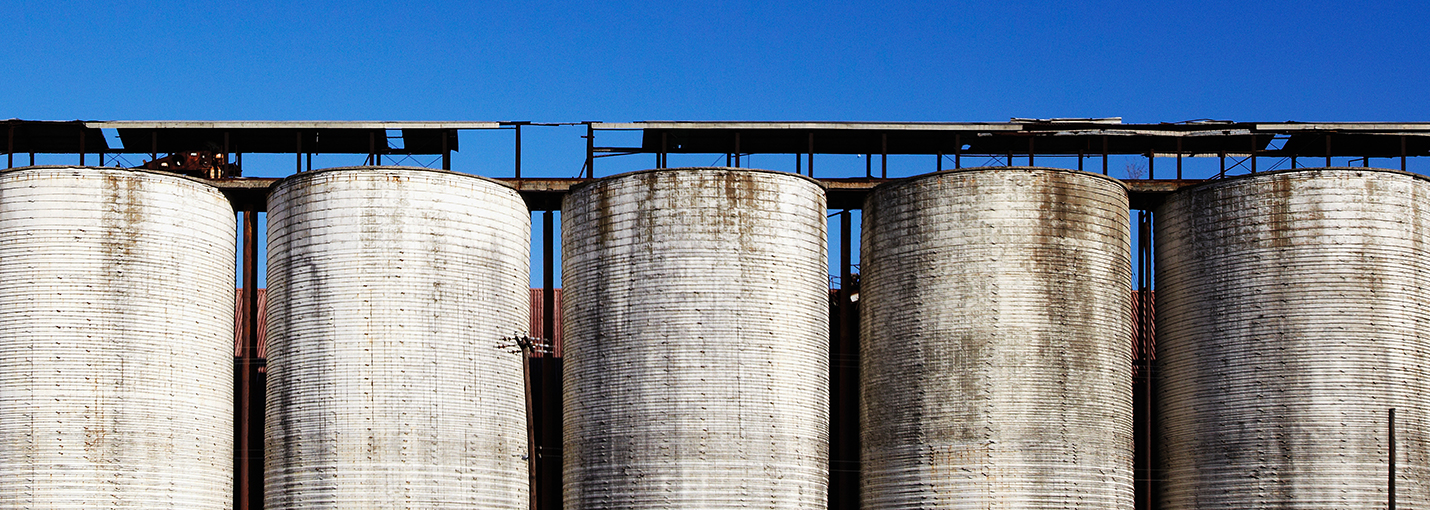History of Asbestos in Building
As far back as the Stone Age, people used asbestos in building materials. Back then, and for many years thereafter, builders of all shapes and sizes used this fibrous mineral to strengthen ceramic pots and other fragile items. Asbestos was a cheap and effective filler useful for many purposes. Charlemagne, an ancient European emperor, supposedly had an asbestos tablecloth.
During the late 1800s, society changed, and so did asbestos use. Large factories, skyscrapers, and ships typically contained asbestos. This material is a very effective insulation and fireproofing agent. As mining and extraction techniques improved during this period, asbestos became even more abundant and lower priced. These two things caused most builders to overlook potential asbestos health hazards, which were apparent as early as 1899.
Nevertheless, asbestos was still a popular filler material in a wide range of consumer products, including concrete. Asbestos-laced corrugated cement sheets are a good example. Originally, these sheets had exclusively industrial uses. The prefabricated building materials were cheap, sturdy, and easy to use. Later, as manufacturing became more advanced, these corrugated cement sheets were used as kitchen walls, tabletops, office partition walls, and acoustical panels.


WhatAsbestos and Cement Uses
Builders as far back as ancient Greece and Rome have used cement as a binding agent, much like the mortar between bricks. Its use expanded significantly over the years. Today, other than water, concrete is the most heavily-used resource on the planet. China, a place where health and safety laws are largely nonexistent, produces about half the world's concrete.
On a somewhat related note, water is concrete's Kryptonite, or at least it was for many years. Traditionally, cement did not set well in wet environments. It did not set at all underwater. The invention of hydraulic cements cured this problem.
So shipbuilders and builders in coastal or humid areas needed something to reinforce the concrete they used. That "something" was fibrous asbestos. Moreover, asbestos was more than a filler. As mentioned, it also had insulation and fireproofing qualities. So, using asbestos as a concrete filler was like getting two materials for the price of one.
Asbestos-laced concrete fell into disuse around 1980. By then, the health effects were too well-documented to ignore and hydraulic cements were increasingly available. But pretty much any structure built before then probably had asbestos not only around its pipes, but also in its walls. Additionally, largely due to the aforementioned lack of oversight in production areas, many builders still use this material. Sometimes, they do not know about the tiny asbestos fibers mixed with the cement powder they use so frequently.


Asbestos Concrete as a Health Hazard
Anyone who has ever worked in or on a building constructed before 1980, or who currently works in construction, renovation, or demolition, could be at risk for serious illness. Persons who worked in industrial places like factories, foundries, shipyards, and refineries are especially prone to:
- Mesothelioma: Toxic asbestos fibers are the exclusive cause of mesothelioma, a rare form of heart/lung cancer which is dangerously aggressive. These tumors frequently do not respond to traditional cancer treatments. As a result, mesothelioma has a very high fatality rate.
- Asbestosis: People who inhale asbestos fibers often develop this chronic lung disease. Scar tissue builds up in breathing passageways. Symptoms include shortness of breath and a persistent, dry cough. A radical lung transplant is the only known treatment for asbestosis.
- Pleural Thickness: This condition, which is somewhat similar to asbestosis, often affects miners and others who were exposed to significant amounts of asbestos. The fibers cause inflammation in the pleural membranes which line the lungs. This thickening and swelling squeezes the lung, making breathing very difficult.
In all these cases, microscopic asbestos fibers become stuck in the lungs and other bodily tissues, slowly causing damage. Many people do not discover their asbestos-related injuries until decades later. Latency periods of up to fifty years, and even longer, are not uncommon. |
Furthermore, as asbestos-laced concrete deteriorates, it embitters (weakens). That process loosens asbestos fibers, often releasing them into the surrounding air.
Responding to Ongoing Health Hazards
Asbestos-laced cement is not just yesterday's problem. As mentioned, it is still widely used today. In fact, "Asbestos cement products are the most common asbestos-containing materials in use and their manufacture consumes 70 percent of world asbestos production. The range of products includes wall and roof sheet (corrugated and flat), roof tiles, rainwater goods, sewerage pipe, and pressure pipe. Asbestos cement products are manufactured using mechanized processes with 10–20 percent asbestos fibre being mixed with Portland cement slurry."
The standard of care regarding worker protection is very clear in this area. Breathing masks alone are insufficient. Asbestos fibers are so tiny that they can be absorbed directly through the skin. So, workers who may be exposed to asbestos must wear full protective suits. Additionally, they must shower and change all their clothes before they leave the worksite. Asbestos fibers often cling to body hair, clothes, and shoelaces.
These precautions only go so far. As mentioned, once asbestos-laced concrete deteriorates, everyday workers and visitors are at risk as well. So, the building owner must remove asbestos from the walls, pipes, and any other places before it becomes a problem. Additionally, most employers usually have a duty to provide health screening services. Asbestos-related diseases are incredibly serious, but with early medical intervention, they are often manageable.




